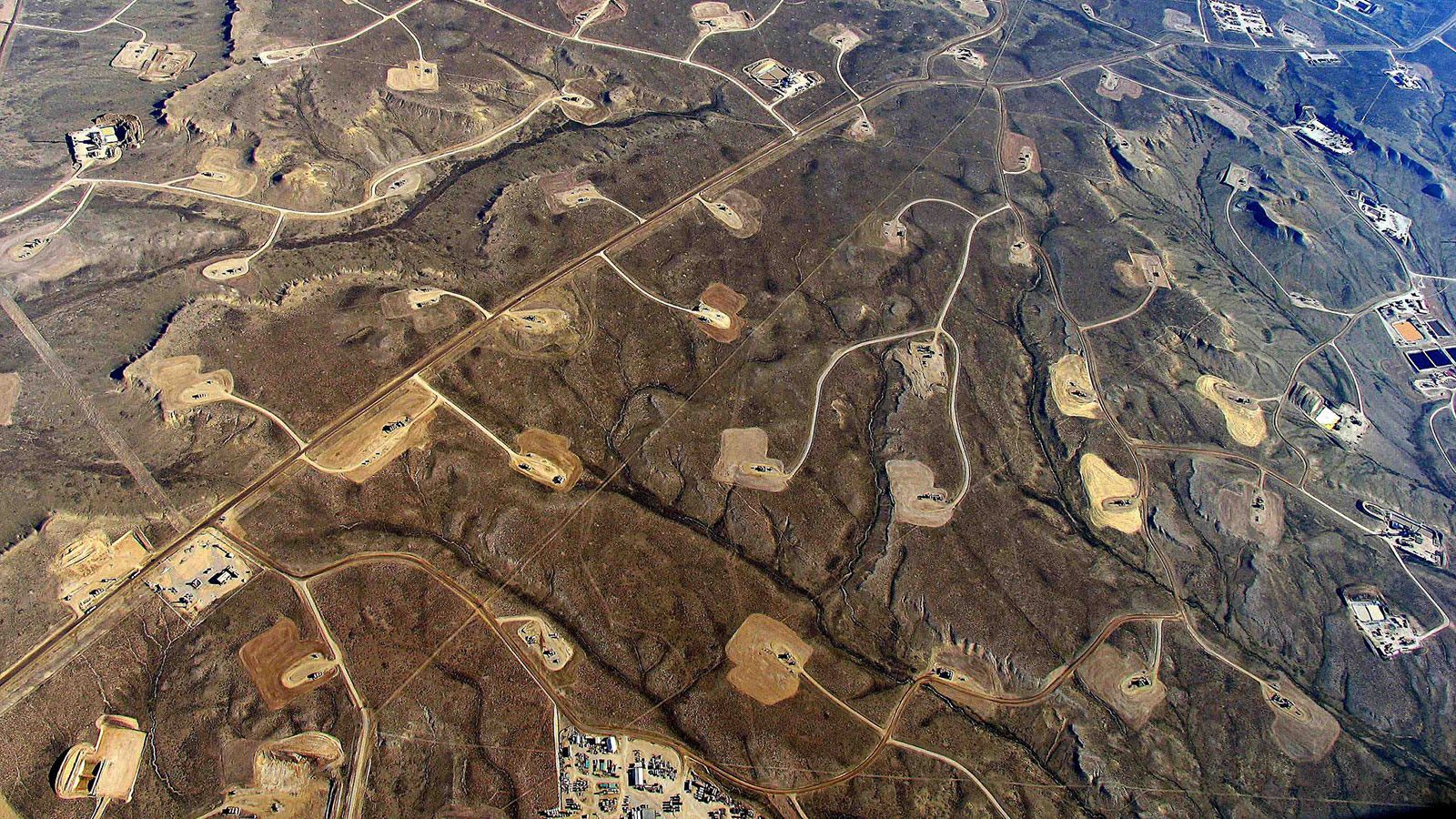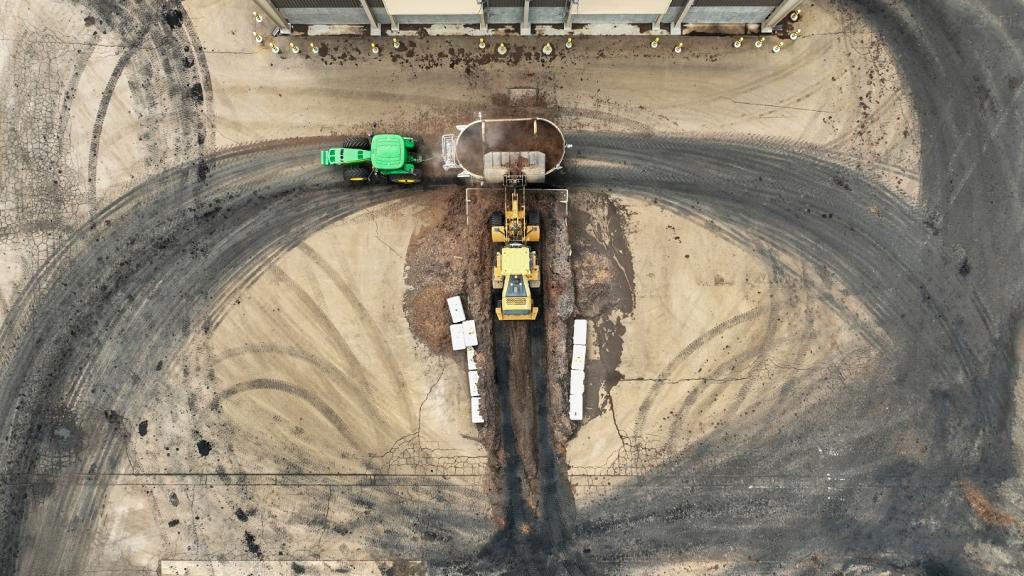It looks like the U.S. fracking industry is becoming a little less “Wild West” and little more West Coast Silicon Valley. And no — I can’t decide which one sounds worse, either.
True, low oil prices recently brought the industry to its knees: The number of rigs nationwide fell by more than half since October of last year. But at the same time, the industry has been getting smarter about how it operates. Here’s the scoop from MIT Technology Review:
Much of the new technological innovation in shale comes from a simple fact: practice makes perfect. Tapping hydrocarbons in “tight,” geologically complex formations means drilling lots and lots of wells—many more than in conventional oil fields. Drilling thousands of wells since the shale revolution began in 2006 has enabled producers—many of them relatively small and nimble—to apply lessons learned at a much higher rate than their counterparts in the conventional oil industry.
Some innovations in fracking hardware include “walking rigs” that move from hole to hole, better drill bits, remote-controlled drilling capabilities, and advanced fracking liquids, Technology Review reports. Big data — like an annoying party guest who has something deep and insightful to say about everything — has also entered the picture:
Thanks to new sensing capabilities, the volume of data produced by a modern unconventional drilling operation is immense—up to one megabyte per foot drilled, according to Mills’s “Shale 2.0” report, or between one and 15 terabytes per well, depending on the length of the underground pipes. That flood of data can be used to optimize drill bit location, enhance subterranean mapping, improve overall production and transportation efficiencies—and predict where the next promising formation lies. Many oil companies are now investing as much in information technology and data analytics as in old-school exploration and production.
And with rigorous data analysis comes another important life lesson: how to take a chill pill. Here’s more from Technology Review:
At the same time, producers have learned when to pause: more than half the cost of shale oil wells comes in the fracking phase, when it’s time to pump pressurized fluids underground to crack open the rock. This is known as well completion, and hundreds of wells in the U.S. are now completion-ready, awaiting a rise in oil prices that will make them economical to pump. Several oil company executives in recent weeks have said that once oil prices rebound to around $65 a barrel (the price was at $64.92 per barrel as of June 1), another wave of production will be unleashed.
We’ll know these fracking companies have gone full-on Silicon Valley when they ditch their old names (Pioneer Natural Resources Co., EOG Resources, etc.) for something a bit more trendy — drlr? FrackIt?



